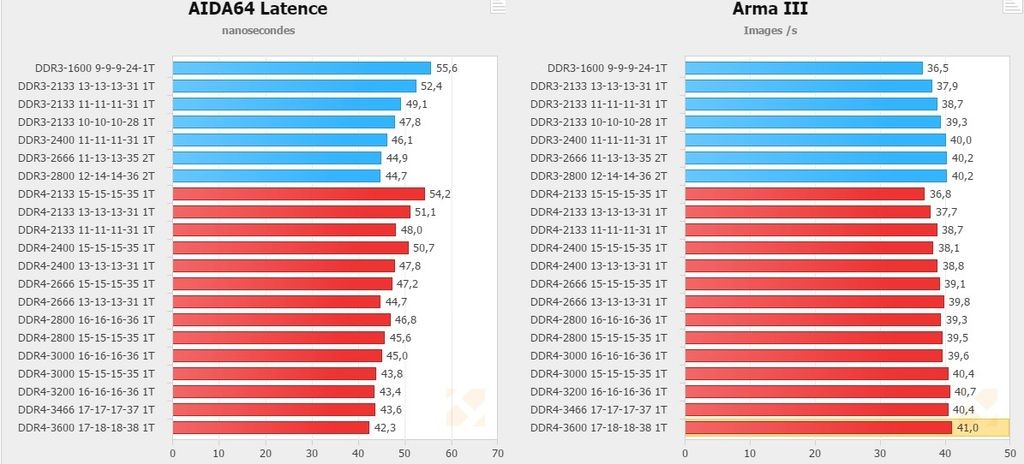SomeGuy133
2[H]4U
- Joined
- Apr 12, 2015
- Messages
- 3,447
https://en.wikipedia.org/wiki/CAS_latency
This has all of them except DDR4 and I am researching a build with DDR4 and need this info to make a smart buy. I just notice some post this in another thread and it only gives a few examples.
http://www.crucial.com/usa/en/memory-performance-speed-latency
Is there a better list?
This has all of them except DDR4 and I am researching a build with DDR4 and need this info to make a smart buy. I just notice some post this in another thread and it only gives a few examples.
http://www.crucial.com/usa/en/memory-performance-speed-latency
Is there a better list?
![[H]ard|Forum](/styles/hardforum/xenforo/logo_dark.png)
